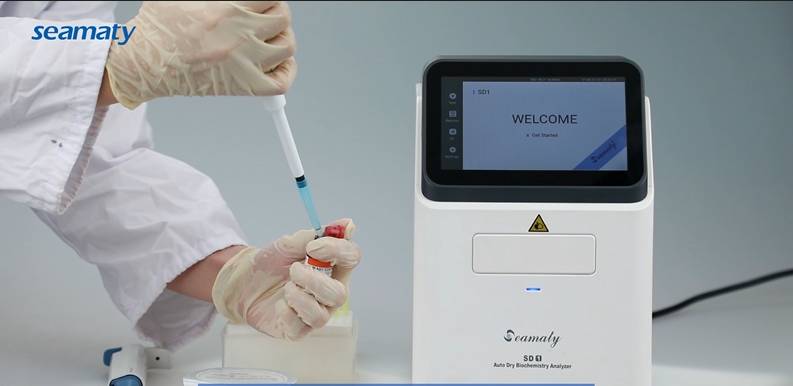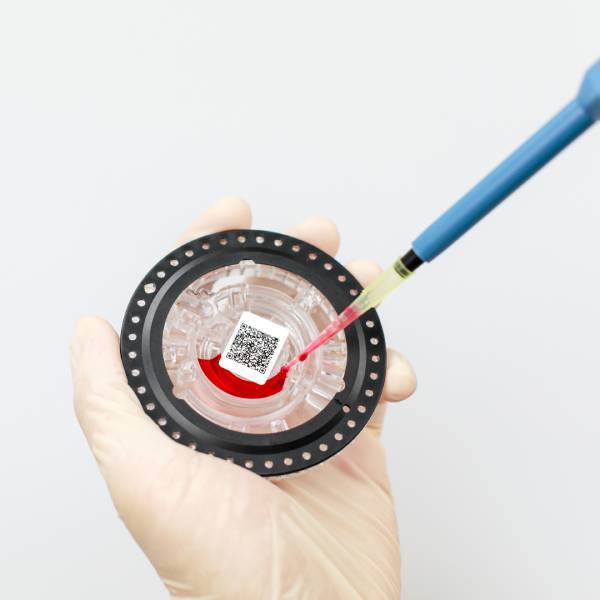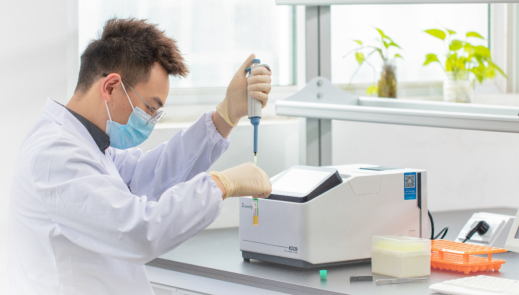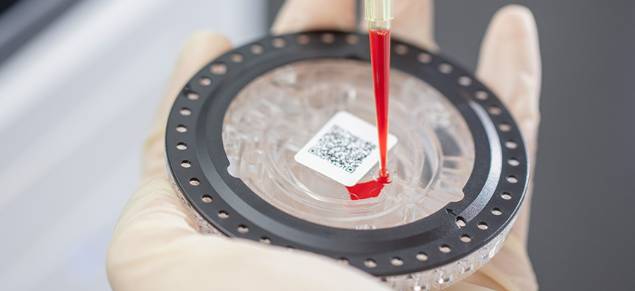release time:2022-10-10 10:20:58

The types of in vitro diagnostic reagents are biochemical diagnostic reagents, immune diagnostic reagents, molecular diagnostic reagents, microbial diagnostic reagents, urine diagnostic reagents, coagulation type diagnostic reagents, hematology and flow, cellular diagnostic reagents.


2021-08-26
These new immunological analysis equipment has greatly increased the sensitivity and specificity of the analysis index, and also significantly improved the accuracy and efficiency of the test. In particular, the fully automated chemiluminescence immunoassay analyzer has become the most widely used and actively developed test equipment in clinical testing.

2021-08-12
We take the privacy of our website visitors very seriously and are committed to protecting it. This policy details our handling of personal information.

2021-07-27
Biochemical analysis refers to the detection methods used to determine enzymes, carbohydrates, lipids, protein and non-protein nitrogen, inorganic elements, liver function and other indicators in the body through various biochemical reactions. It is mainly used in routine testing in hospitals.